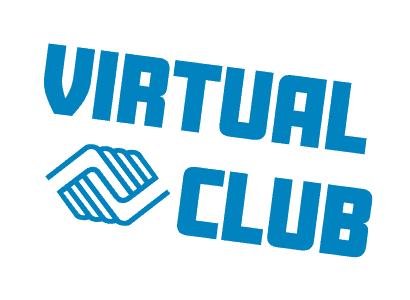One in 5 students ages 12 to 18 in the United States has been bullied during the school year, according to research from the National Center for Education Statistics. Not only that, but students who reported being frequently bullied scored lower in reading, math, and science compared to their peers who said they were never or rarely bullied.

Bullying often has long-lasting effects on everyone involved, even those who witness it. This October, for National Bullying Prevention Month, we’re sharing 4 steps you can take to create a world without bullying:
Understand what bullying is
To create a world without bullying, you first have to understand what bullying actually is. People experience conflicts with one another as part of the natural course of a relationship, so it’s important to know how this normal conflict differs from bullying.
Bullying is repetitive, intentional, unwanted, and aggressive behavior towards others with the intent to hurt, harm, or humiliate them.
Conflicts, on the other hand, are disagreements or arguments in which both sides express their views. If someone unintentionally hurts someone else in a conflict, they will generally stop and try to change their behavior.
Bullying is also characterized by a power imbalance. The person bullying has more power, which can mean they’re older, bigger, or more popular. Power structures can in different situations and over time.
Identify bullying in your community
Bullying can come in several forms (physical, verbal, and social), and it can even happen online. Here are some behaviors you might see:
However, it may be hard for parents, teachers, or other adults to see bullying in action, since children generally bully when there are no adults present. Here are some signs of bullying adults can be on the lookout for:
- Unexplained injuries
- Lost or destroyed belongings, such as clothing, books, electronics, or jewelry
- Frequent headaches or stomach aches
- Changes in eating habits
- Difficulty sleeping or frequent nightmares
- Declining grades, loss of interest in schoolwork, or not wanting to go to school
- Sudden loss of friends or avoidance of social situations
- Feelings of helplessness or decreased self-esteem
- Self-destructive behaviors such as running away from home, self-harm, or talking about suicide
Kids may be reluctant to talk about bullying because of stigmas around snitching or tattling, or they may not even be aware that what they’re experiencing is bullying. Find out about what’s going on in your children’s lives by asking about their day and showing interest. Having these daily conversations is key to keeping the lines of communication open.
Stop bullying when it occurs

If a student witnesses a bullying situation and feels safe enough to do so, they can stand up for the child being bullied. For example, if a classmate is being socially excluded, the student can say that everyone should be included and make a point to invite their classmate to join them. If the student does not feel safe, however, they should get an adult immediately.
If a parent or guardian suspects bullying is happening, it’s important for them to reach out to the school and have a conversation with the administration, teachers, or counselors. Often these adults are unaware of bullying because the situation is never brought to their attention.
If a bullying situation does occur, instructors can bring everyone together in a group setting to work out the problem. For younger children, this often involves learning how to be a good friend and have positive relationships with their peers.

School teachers have noticed that elementary school students who had to quarantine during the COVID-19 pandemic had issues after returning to school because they didn’t learn how to play nicely or share with others. The key to stopping bullying for young children is for them to learn how to handle their emotions and understand the emotions of their classmates.
Older students can have more self-directed conversations and are better able to articulate their feelings than younger students, so there may not need to be as much adult intervention. However, it is still important for trusted adults to be present for these students while they have group discussions around bullying situations.
For children who are bullying others, it’s important not to label them as “bullies.” Instead, take a deeper look at what’s going on in their lives. There are usually other factors at play, such as feelings of low self-esteem or peer influences, so they may need additional support, like school counseling. Give these children space to manage their emotions in a positive way.
Create a positive and welcoming environment
The most important way to prevent bullying before it occurs is to teach acceptance, kindness, and inclusion. When adults make these values clear, kids learn the difference between good and bad behaviors.
Parents, guardians, teachers, and other adults should be demonstrating kindness. Children learn from what they see, not what they are told to do. Showing kindness to our children teaches them to be kind to others. Kids also need reliable adults they can trust and feel safe talking to.
Instructors should also educate children about what bullying is because that gives kids the ability to identify bullying and talk about it if it happens to them or others. Educate kids about bullying by making bulletin boards, holding assemblies, and having students take an anti-bullying pledge.
Check out this anti-bullying pledge that a group of Boys & Girls Club members in Richland, WA signed with their handprints:

A world without bullying is possible, but it takes intentional, meaningful steps to make it happen. The most important thing is to show kindness and acceptance to others and to teach those important values to children. We can all do our part to create a kinder, more positive world.
*This blog post was written with contributions from Sara McMullen, School Counselor for the Kennewick School District, and Amber Gonzalez, Program Supervisor for Communities In Schools of Benton-Franklin.









